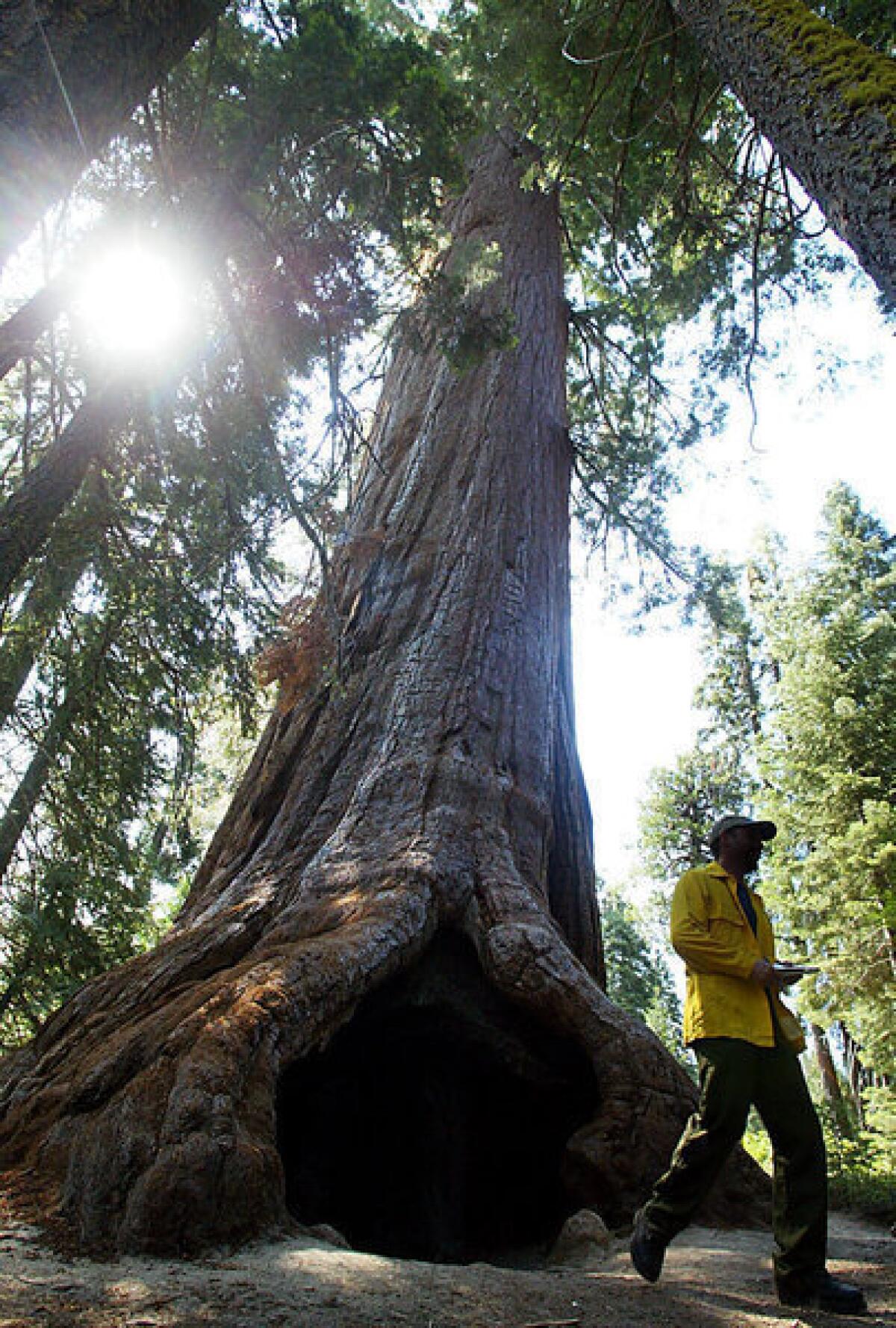Low rates of extinction made California a hot spot of plant diversity

California plant life is unusually rich and diverse. The state has more than 5,500 native plant species, more than any other state. Roughly 40% of them are found nowhere else.
A new study offers an explanation for that incredible variety: The state’s climate, latitude and complex topography created plant refuges that reduced extinction rates. Species that may not have survived elsewhere because of climate shifts during the past 45 million years could persist here in ecological niches.
The state’s mountain ranges played a vital role in that preservation, capturing ocean moisture and allowing plants to move up or down slope to stay in appropriate conditions.
The study, published in the journal Evolution, was conducted by Lesley Lancaster as part of a postdoctoral fellowship at UC Santa Barbara and Kathleen Kay, an assistant professor of ecology and evolutionary biology at UC Santa Cruz.
Their findings depart somewhat from those of a landmark 1978 study that attributed much of the state’s floristic diversity to elevated rates of species formation after the onset of a Mediterranean climate several million years ago.
Using fossil records and DNA sequences to reconstruct plant lineages, Lancaster and Kay estimated historical rates of species development, extinction and migration and concluded that species formation was not greater in California. “We have pretty good evidence that there was no increase in speciation with a Mediterranean climate,” Kay said. “The most important factor is the refuge from extinction.”
She added that the findings underscore the “importance of protecting areas in California so that it can continue to be a refuge for biodiversity in the future.”







